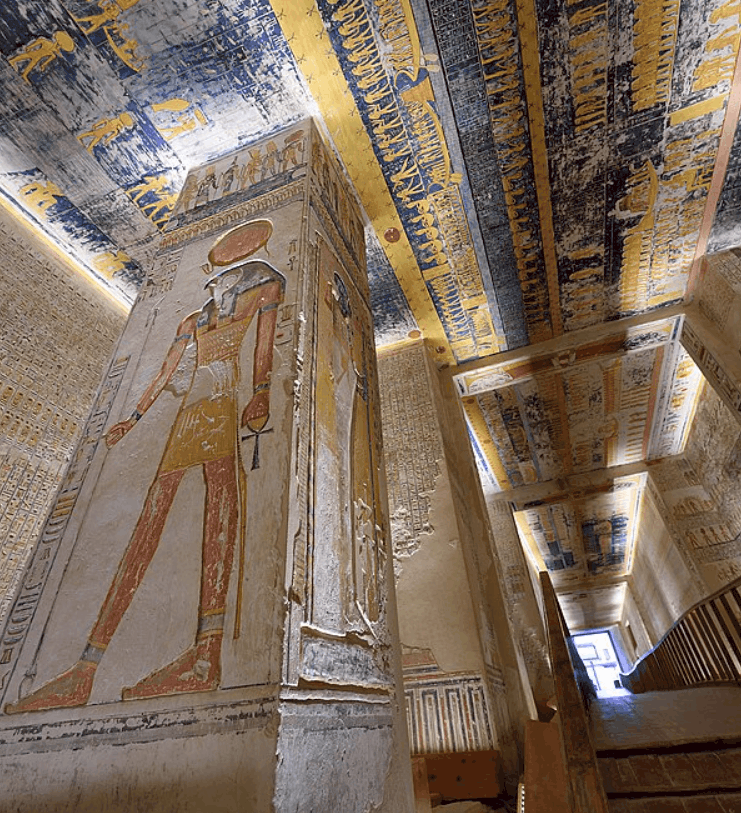One of the most fascinating historical sites in Egypt is a valley full of rock-cut tombs.
In this post, you’ll discover the ultimate list of facts about the Valley of the Kings!
1. It’s located in the middle of the Theban Necropolis
The Valley of the Kings is also known as the “Valley of the Gates of the Kings” is a valley located on the western bank of the River Nile right across the modern-day city of Luxor. Near this city, there are multiple temples and archaeological sites, including Luxor Temple and the Temple complex of Karnak.
The valley is divided into two distinctly separate sections referred to as the “East Valley” and the “West Valley,” with the eastern part being the most prominent section containing most of the royal tombs.
The area was used as a burial ground, which is now referred to as the Theban Necropolis. Numerous important people in the New Kingdom between the 16th and 11th centuries B.C. were buried here. This was during the 18th, 19th, and 20th dynasties of Ancient Egypt.
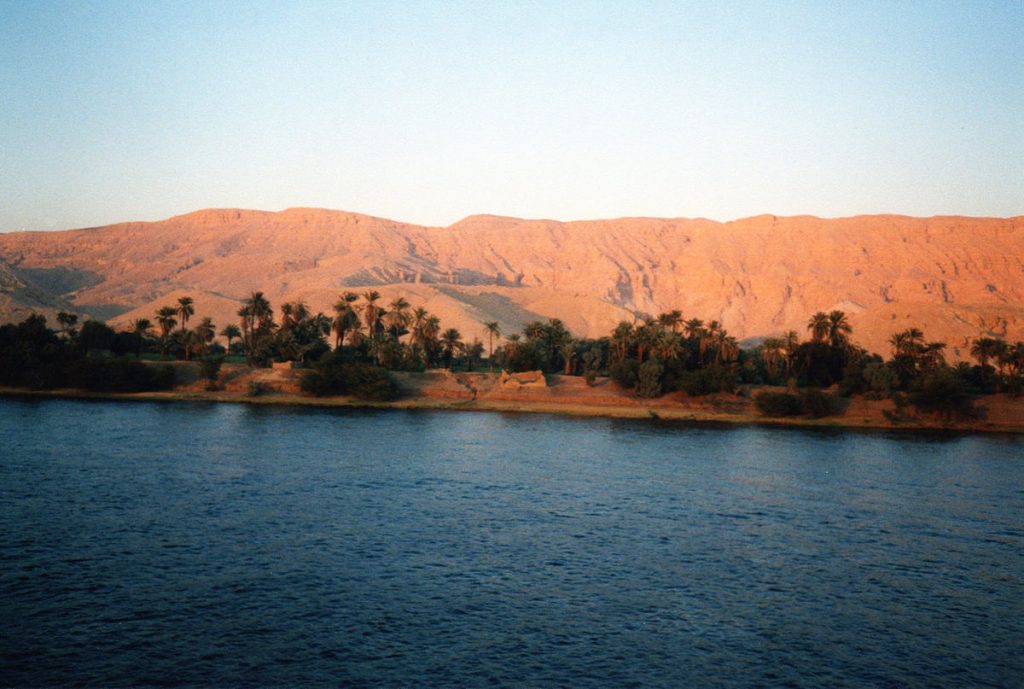
2. A temple and another valley are located right next to it
The Valley of the Kings is located right into the center of the Theban Necropolis and is surrounded by various other temples and archaeological sites on the western bank of the River Nile.
Just to the southeast of the valley, we can find one of the most fascinating temples of Ancient Egypt, the Temple of Hatshepsut. The Valley of the Queens, a similar burial ground mostly reserved for the wives of the Pharaohs is located about 1 kilometer (0.6 miles) to the southwest of it.
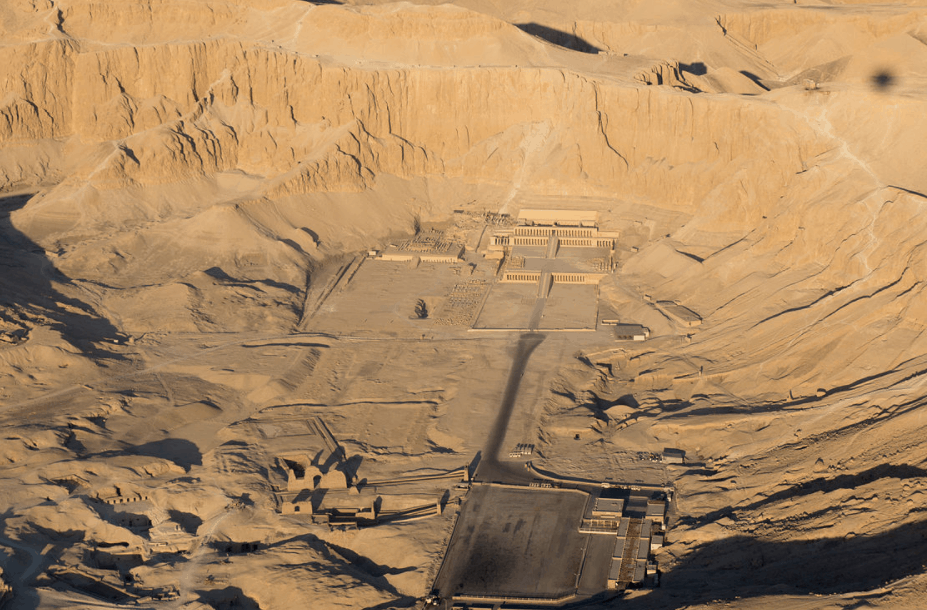
3. It was used for a period of nearly 500 years
The burial ground consists of tombs excavated from the rocks. This practice was started approximately around the year 1539 B.C. during the reign of Thutmose I and lasted until at least 1075 B.C.
This means that the Valley of the Kings was used during 3 dynasties for a period of nearly 500 years and eventually fell into disuse at the beginning of the 21st dynasty when Egypt suffered from a long period of political and economic decline.
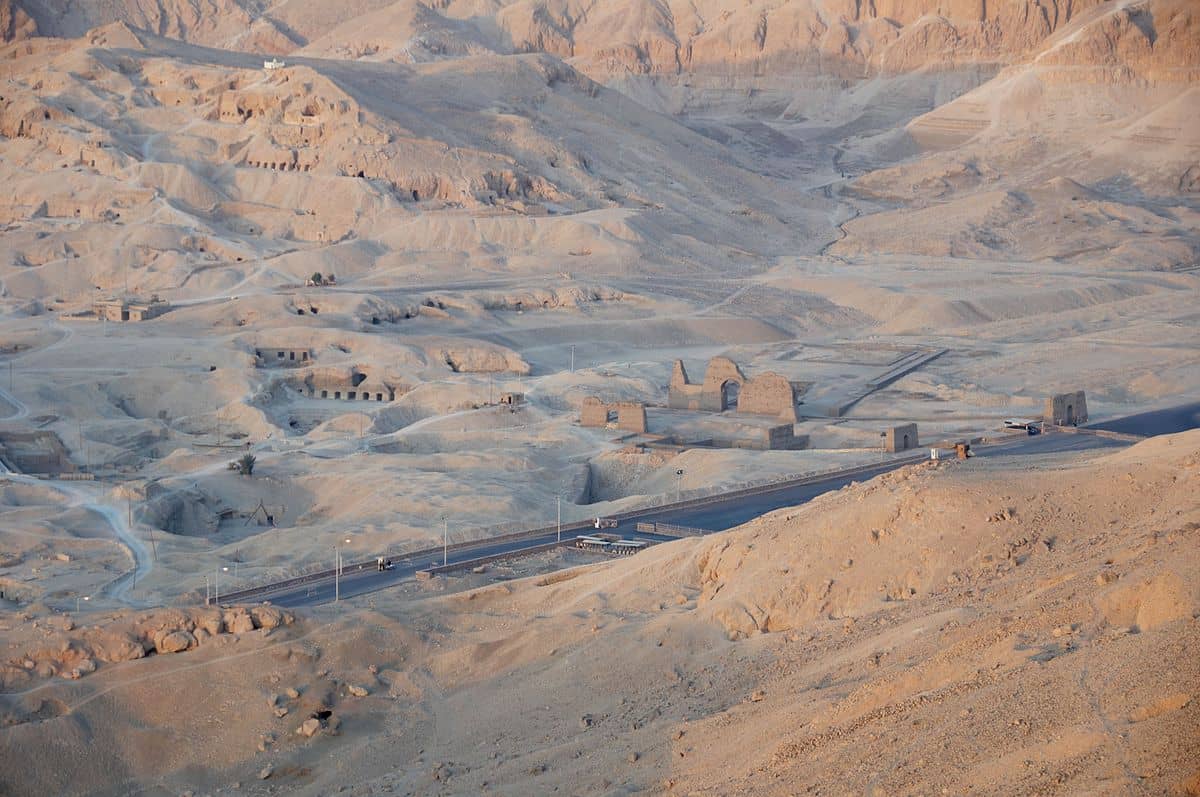
4. The Valley of the Kings consists of over 60 tombs
The valley is still an important archaeological site and multiple new discoveries have been made in the past decades. The last tombs that were uncovered were discovered in 2008 and a new chamber in one of the tombs was discovered in 2005.
These tombs range from a simple pit to elaborate spaces with corridors and multiple chambers. This probably resembles the descending path of the sun god into the underworld.
Many of the tombs are also heavily decorated with religious texts and images honoring both the pharaohs and the gods. These decorations become more and more elaborate in the centuries following the original construction of the first tomb.
Right now, there are a total of 64 tombs in the Valley of the Kings, some consisting of just a single space, others consisting of up to 130 chambers!
Only 18 tombs can be opened for tourists and these are never opened all at the same time.
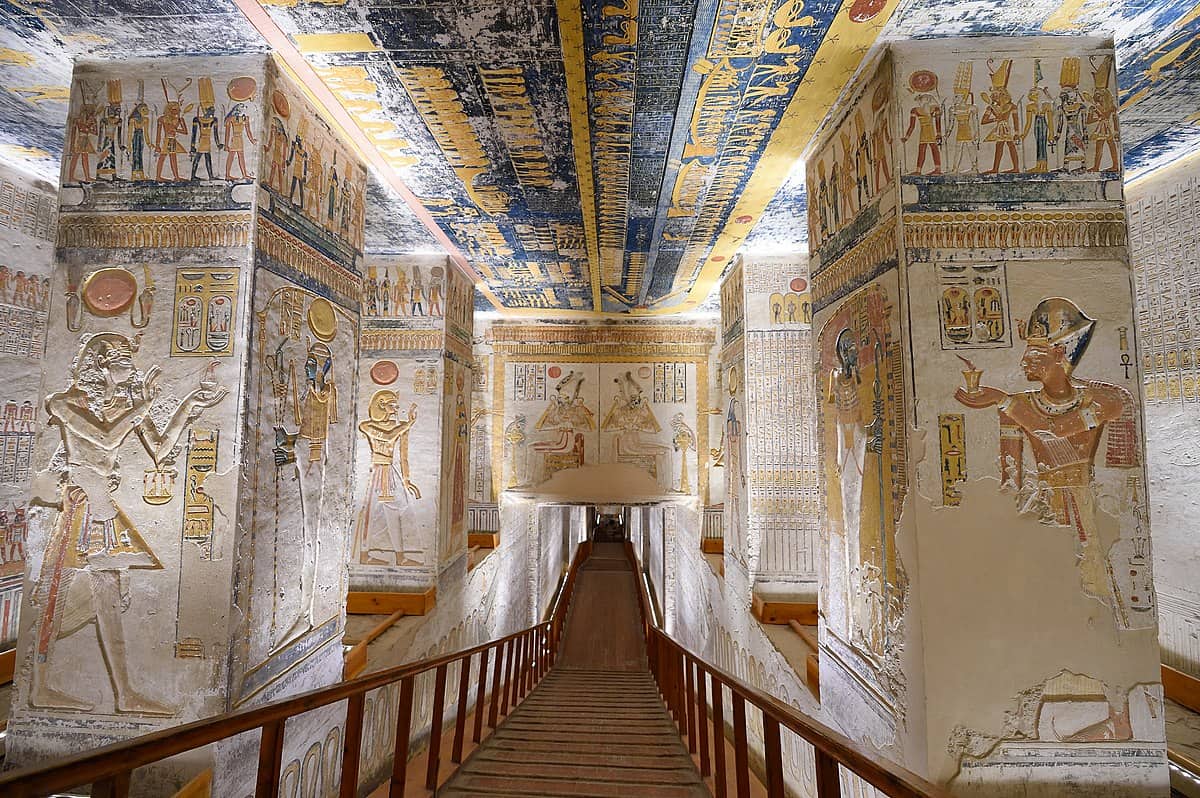
5. The Valley also contains tombs of people who weren’t Kings
One of the most fascinating facts about the Valley of the Kings is that not all tombs were reserved for the Pharaohs. Many of the tombs were reserved for nobles and other important people in Ancient Egypt as well.
Many of the tombs also include the burial space for the wives and children of both the Pharaohs and nobles. Altogether, only about 20 of the 64 tombs were reserved strictly for the Kings.
Many of the tombs of nobles aren’t heavily decorated and some aren’t even decorated at all.
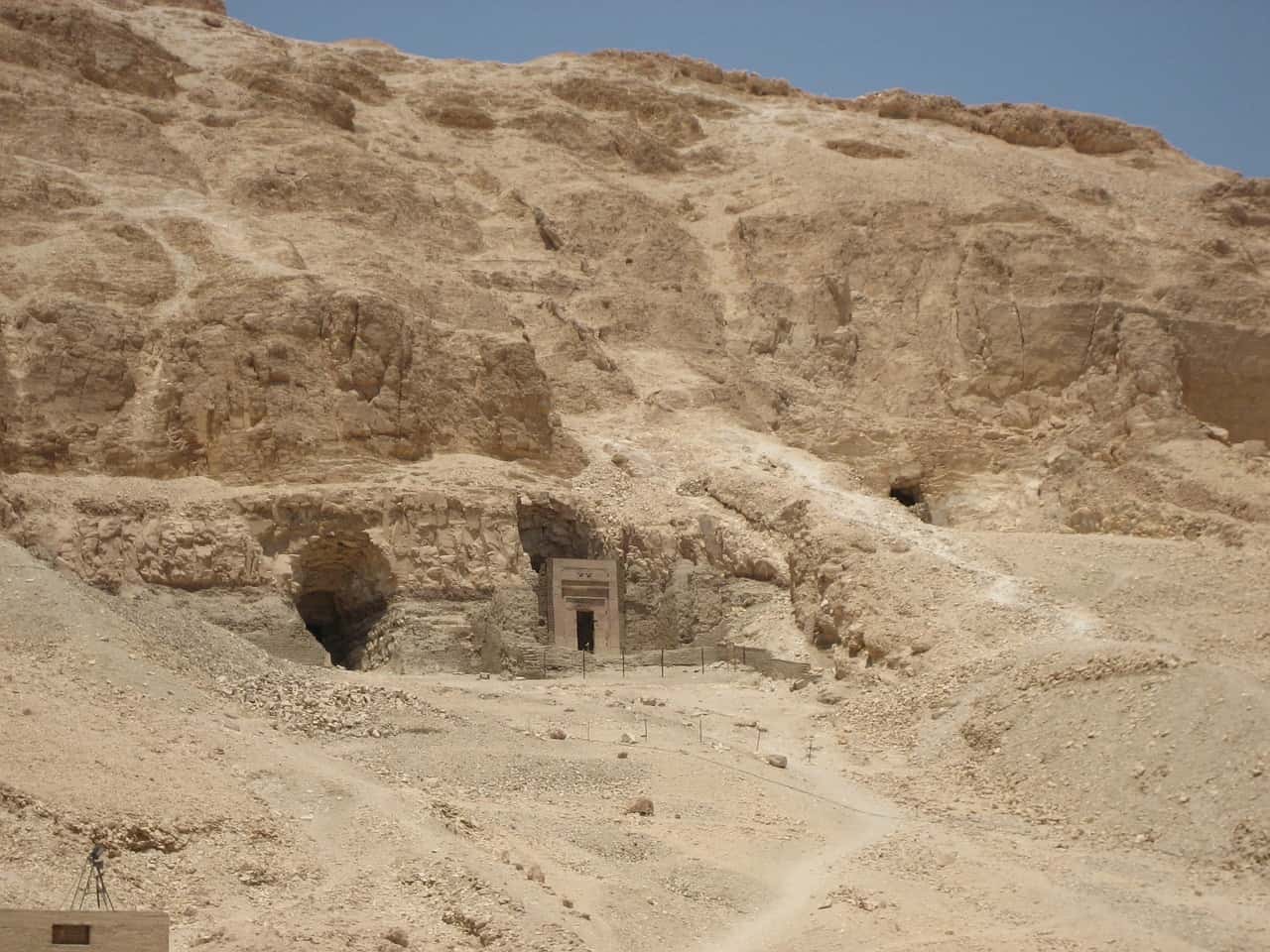
6. Most tombs were robbed of their valuables
Many treasures were stored in the tombs of the pharaoh and nobles. Most of the items were supposed to bring them safely to the afterlife and enjoy their life there so it’s fair to assume that these tombs were most probably stuffed to the brim with valuables.
Nearly all of the contents of these tombs were robbed in antiquity and particularly during the 21st Dynasty when the Kingdom suffered a terrible economic crisis.
There’s proof of these robberies as multiple papyri have been found which describe the trials of the robbers in case they were caught.
An official robbery conducted by Pharaoh Ramesses XI himself also happened in the late 12th and early 11th century B.C.
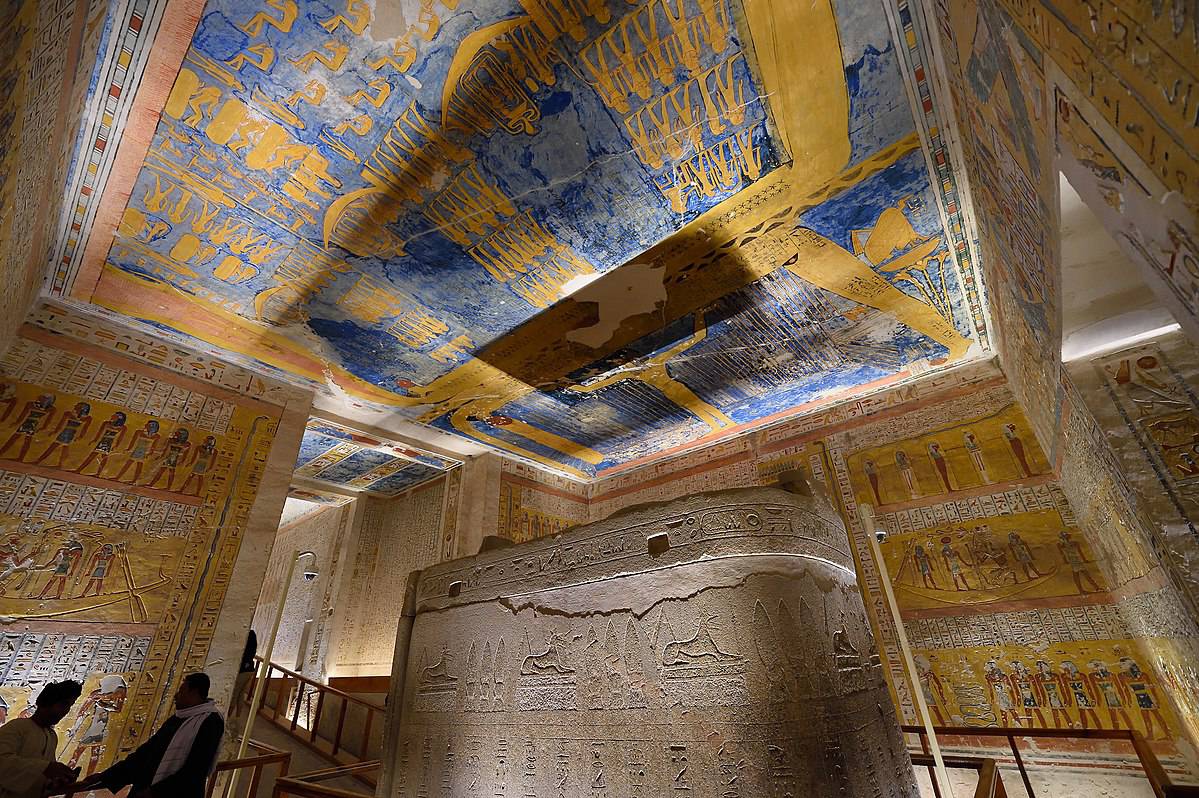
7. Some tombs might look different today than they did in Ancient Egypt
Another one of those remarkable facts about the Valley of the Kings is that the area occasionally suffers from severe thunderstorms. The heavy rain causes flash floods and at one time during the 18th Dynasty, multiple tombs were covered below meters of debris because of this.
These flash floods also altered the shape of some of the tombs themselves, depending on the type of stones they were cut from.
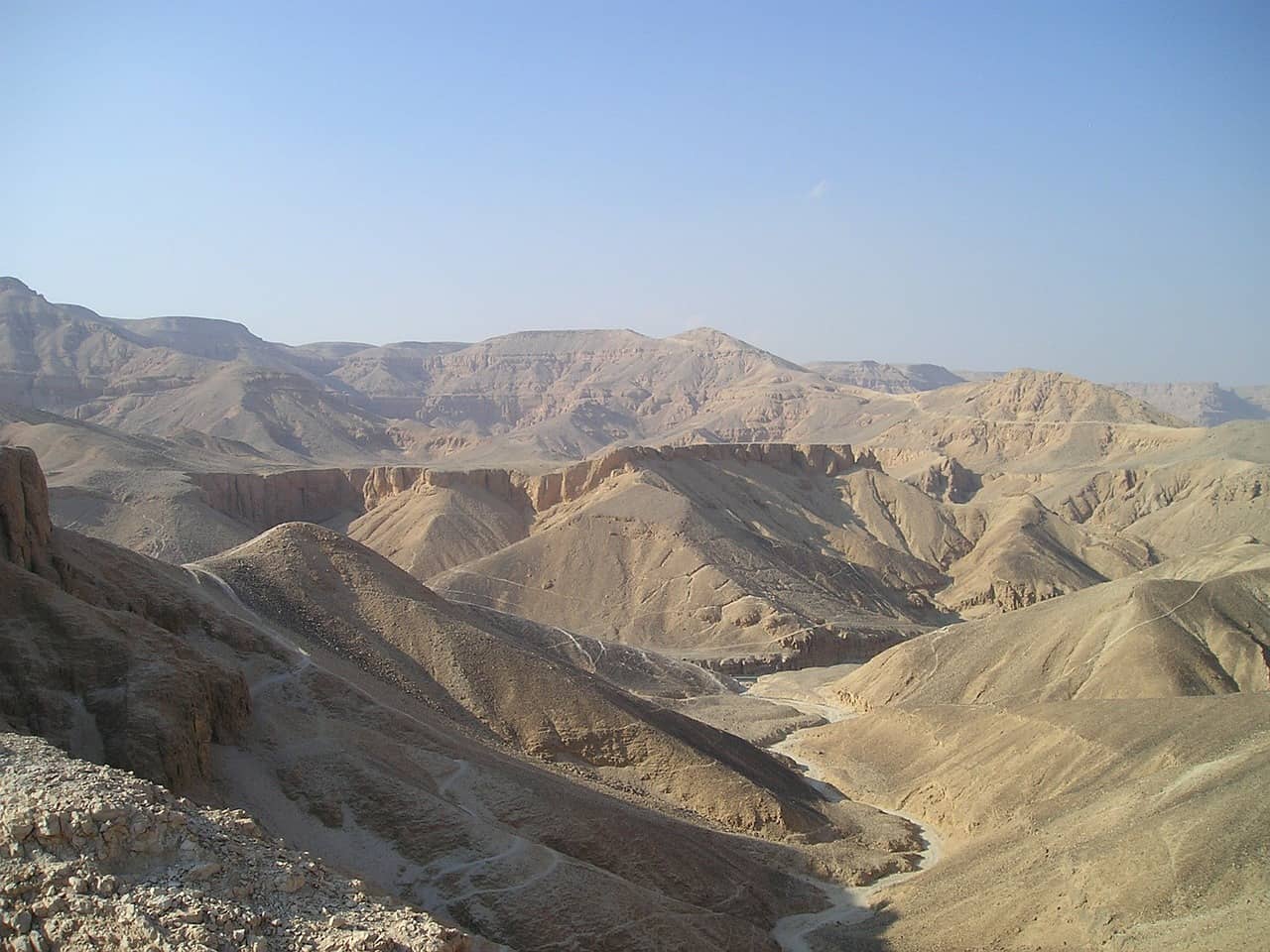
8. The Valley is dominated by a prominent pyramid-shaped peak
The most prominent natural feature of the Valley of the Kings is the peak of “Al-Qurn,” the highest point in the Theban Hills and Necropolis. It stands about 420 meters (1,377 feet) above sea level and has a pyramidal shape when viewed from the Valley of the Kings.
The Great Pyramids of Giza were constructed nearly 1,000 years earlier so some historians believe that this natural phenomenon was the reason that this site was chosen to start constructing the tombs.
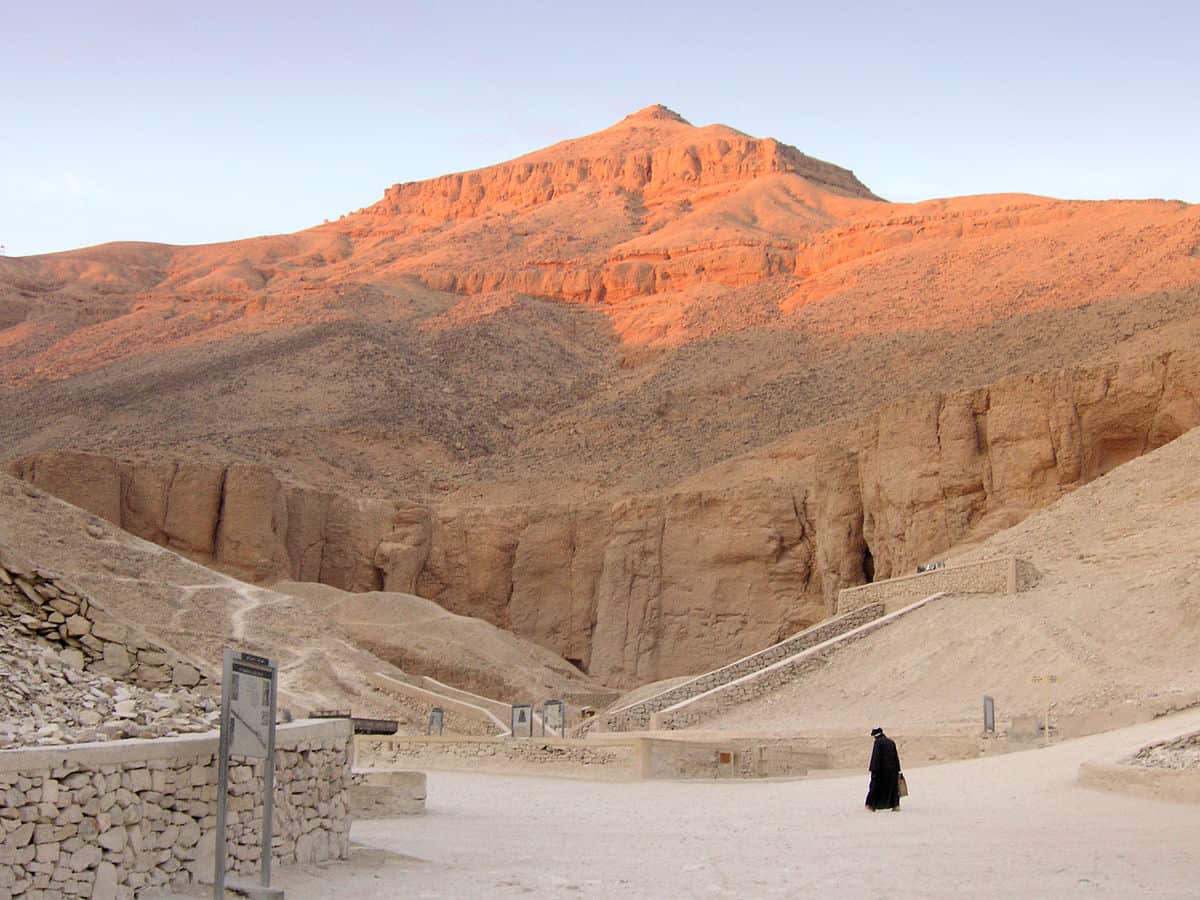
9. The site had a specific and elaborate name in Ancient Egypt
The Royal Necropolis was referred to in Ancient Egypt as “The Great and Majestic Necropolis of the Millions of Years of the Pharaoh, Life, Strength, Health in The West of Thebes.”
This has been deciphered from the hieroglyphic below:

10. The tombs are marked with an abbreviation and a number
Modern Egyptologists are just a few of the thousands of archaeologists and tourists that have visited the site of the Theban Necropolis. These visits date back to antiquity since over 2,100 Greek and Latin words have been written on the walls of the complex, dating back to at least 278 B.C.
The original numbering system created in the 19th century consisted of 21 tombs in the East Valley that were marked as KV1-KV21, as well as 4 tombs in the West Valley marked as W22-W25.
Right now, the 64 known tombs are marked as KV1-KV64, with “KV” being an abbreviation of “King’s Valley.”
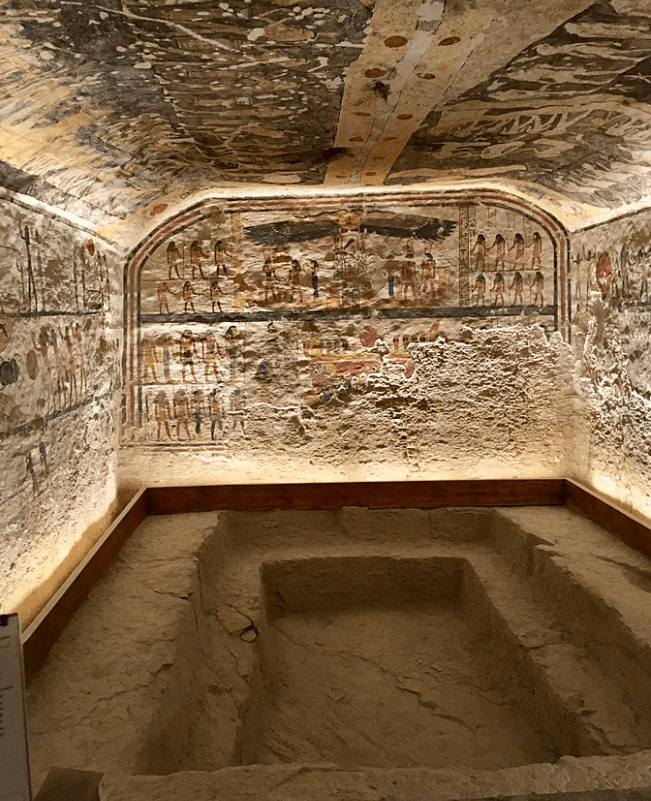
11. The most famous tomb in the valley is marked as KV62
In the early 20th century, 61 tombs were known to archaeologists, ranging from KV1 to KV61. This was until the most famous discovery of all took place in the year 1922 which was the uncovering of the tomb of the young pharaoh Tutankhamun by British Egyptologist Howard Carter.
While the decorations on the walls of the tomb were modes, the wealth it contained inside was astounding. It was soon found out that the tomb was robbed at least twice, but a lot of valuables were still present when it was opened.
The tomb contained nearly 5,000 cataloged objects, all of which were brought to the Egyptian Museum in Cairo. It also housed a coffin weighing 110.4 kilograms (243 lbs) and a funerary mask weighing 11 kilograms (24 lbs), both made of pure gold!
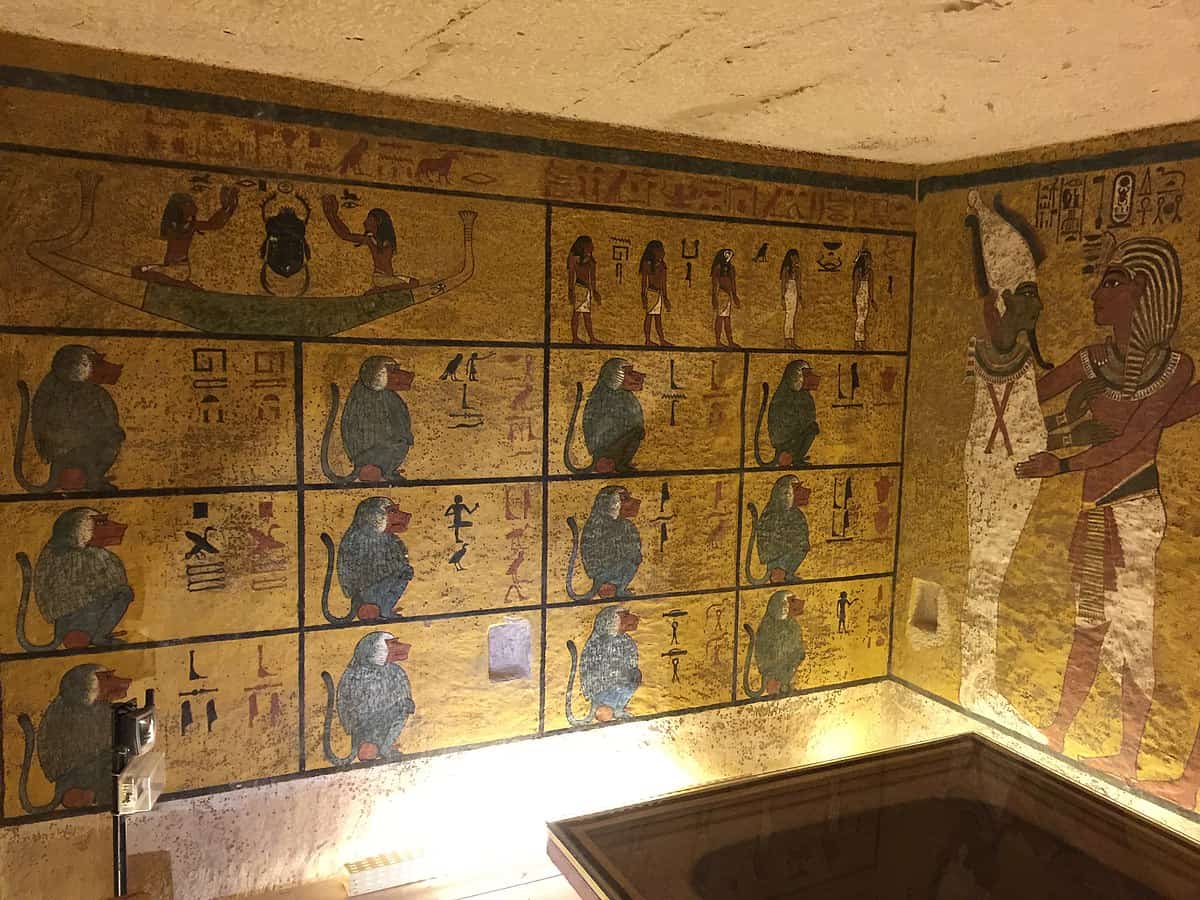
12. The largest tomb was considered to be irrelevant until 1995
If the find of the tomb of Tutankhamun was amazing, then the discovery made in 1995 was equally spectacular. A tomb that was discovered and excavated as early as 1825 and therefore received the number KV5 held an amazing secret.
American Egyptologist Kent R. Weeks and his team uncovered a secret chamber in this tomb which led to a complex consisting of up to 130 additional chambers!
KV5 belonged to the sons of Ramesses II and one of the most amazing facts about the Valley of the Kings is that it’s by far the largest tomb in the Theban Necropolis that we know of today.
Are there more secrets to be found in the valley? We’re pretty sure there are!
